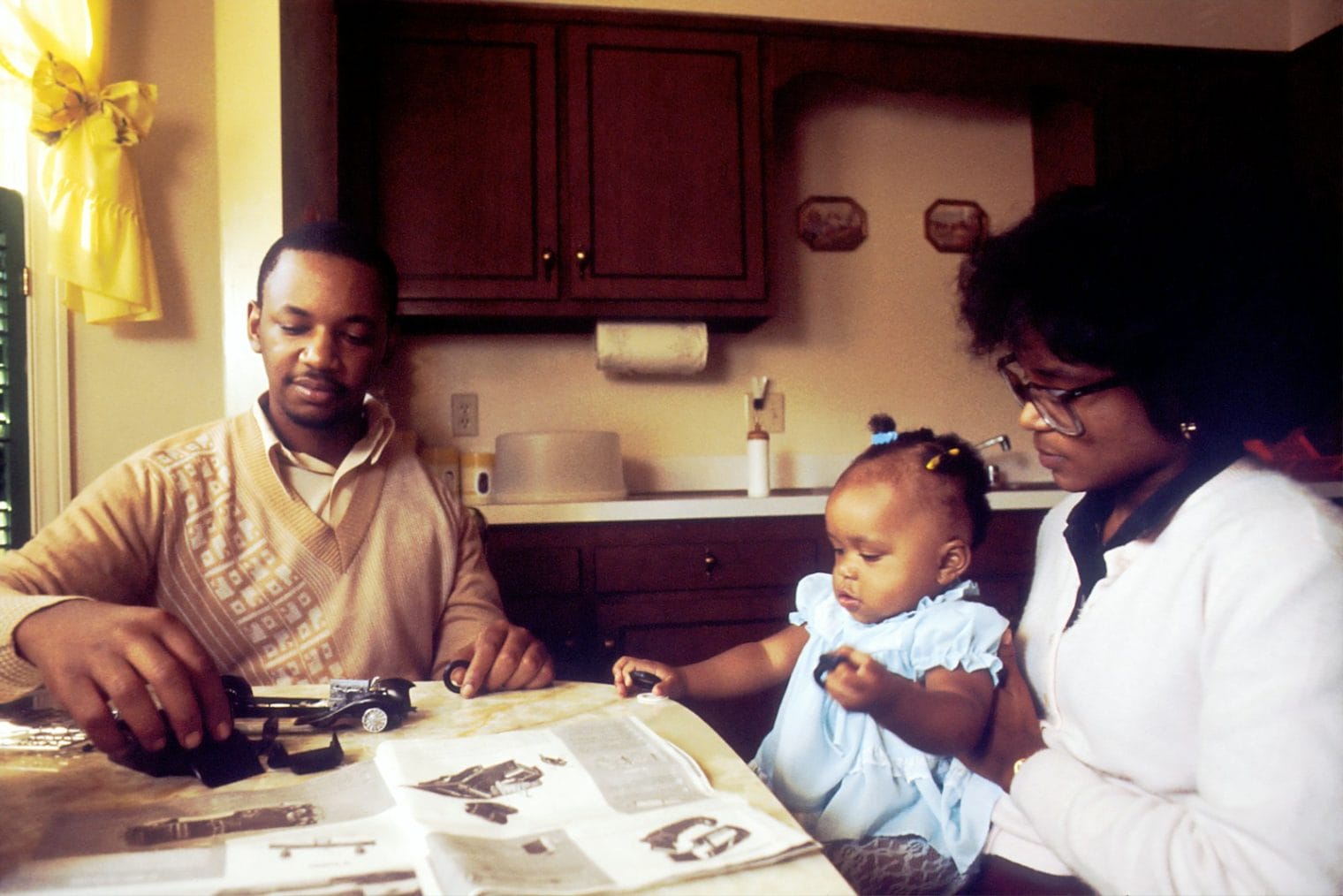Your cart is currently empty!

The Types of Bullying
Bullying is very common and very serious problem. Even though efforts to stop it have been successful in reducing the impact and amount, a whopping 19% to 22% of students 9th-12th grade reporting being bullied throughout the year, the 19% to 22% percent not including cyberbullying, which has started to become a problem with the rise of the internet. But, what are the types of bullying? We have seen the “Give me your money or I’ll beat up” kind of bullying, but that is not the only kind. There are four types of bullying: physical, verbal, relational (sometimes called social or covert), and cyber bullying.
Physical Bullying
Physical bullying, along with verbal bullying, is one of the most noticeable, well reported forms of bullying. Examples of it are physical violence such as kicking, biting, punching, pushing, and hitting. The iconic scene in almost every school movie of “Give me your lunch money or I’ll beat you up” does an excellent job at explaining what physical bullying is.
Verbal Bullying
Verbal bullying includes name calling, insults, jokes at the victim’s expense, and intimidation. “You’re stupid” and “You’re so fat that even when you go to the beach, people can’t tell whether or not you’re a person or a whale” are examples of this. Verbal bullying sometimes starts out as harmless banter between friends it can quickly escalate, creating a situation where one friend is bullying the other but doesn’t even know it.
Relational Bullying
Relational bullying is harder to recognize than verbal, physical, or cyberbullying and is the least noticeable. This is because the bully often is a friend of the victim or does does most of the bullying behind the victim’s back. Relational bullying is when the bully uses his or her relationship with the victim to harass, guilt-trip, humiliate or control the victim in some kind of way. Examples of this include spreading rumors, excluding others from social events, and using the bully’s relationship to force or prevent the victim from doing certain kinds of actions (example: “You can’t sit with her. If you do that, you’ll no longer my friend” or “If you’re my friend you’ll do this.”)
Cyberbullying
Cyberbullying is a relatively newer form of bullying that encompasses both verbal and relational bullying. The Cyber Bullying Research Centre defines cyber bullying as intentional and repeated harm inflicted through the use of computers, phones, and other electronic devices. Cyberbullying is well known but hard to catch. With the rise of the internet, now bullies can harass their victims without ever even seeing them or even living in the same area. Examples of cyberbullying are “sending hurtful texts, images, or videos, excluding others online, forcing the victim to do certain things (example: harassing the victim to send sexual pictures of themselves), spreading rumors, or even hacking into the victim’s account.
Responses to “The Types of Bullying”
fMQgomJRaDZ
SsyL9WU7RDl
52HB9PGikgy
BpBcP0n30Y6
Your article helped me a lot, is there any more related content? Thanks!
Touched by what you read? Join the conversation!
-

Learning Differences In Asian Students
Studies have shown that learning differences are as common among Asians as they are among other countries. Between 5% and 9% of the general population is impacted while approximately 6.3% of Chinese children live with ADHD, nearly 1% live with autism, and 11.32% of Indians, 26.2% of Indonesian, 2.49% of Pakistani, and 7.7% of Japanese children live with ADHD.…
-

Applied Behavior Analysis (ABA)
Applied Behavior Analysis, or ABA, is the scientific foundation of the FBA. ABA is primarily concerned with assessing behavior in the context of the event that immediately precedes it (antecedent) and its consequence, which is the event that occurs following the behavior. By analyzing the relationship between antecedent, behavior, and consequence (ABC), clinicians are able…
-

Disparities In Access To Behavioral Healthcare
Social-emotional and behavioral health services are not widely available to the general public, and there is a critical shortage of behavioral healthcare providers. For example, as it stands, the behavioral health workforce needs to double in order to serve autistic children in need. People with low income, Asians, Pacific Islanders, BIPOC, and those living in…
Read more >> about Disparities In Access To Behavioral Healthcare








Leave a Reply